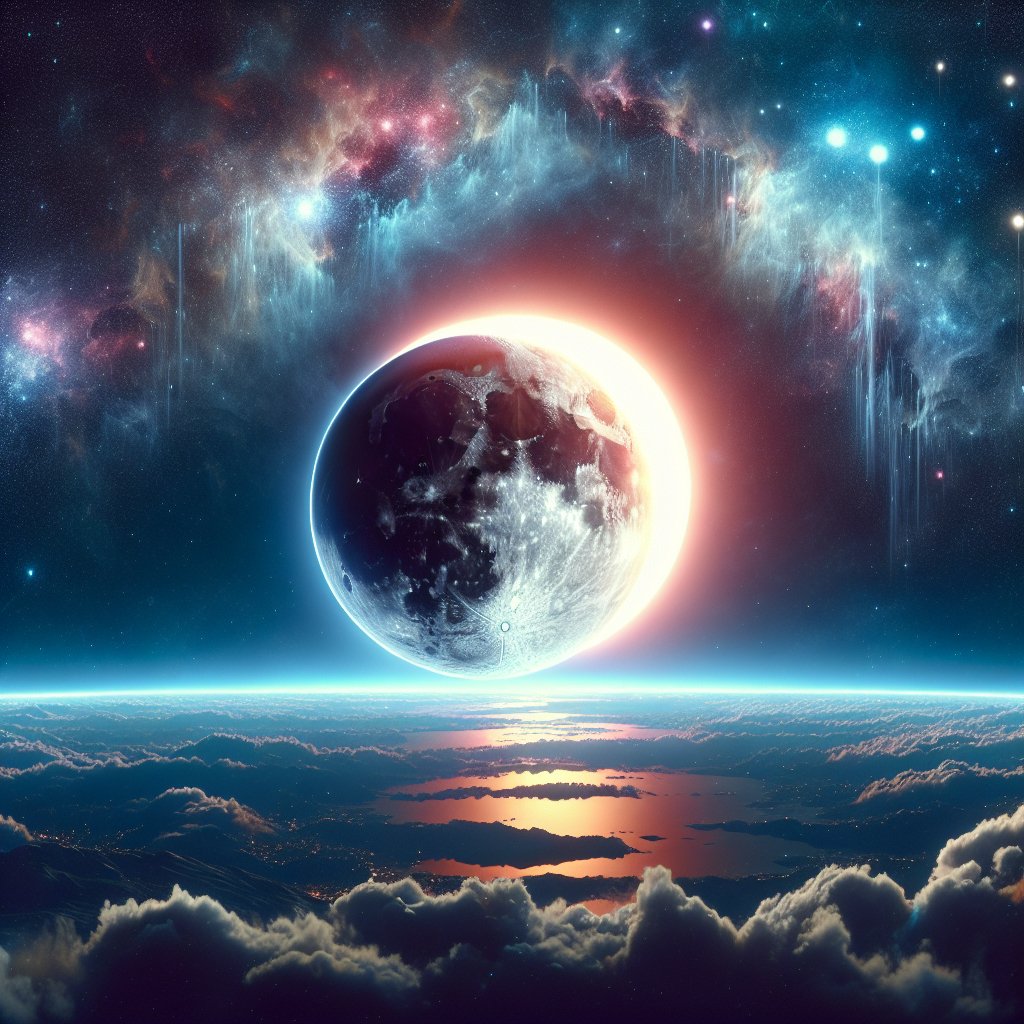Title: A Black Moon Rises in a Rare Celestial Show: What You Need to Know
The cosmos never fails to astonish us with its celestial ballet. On August 23, sky-watchers will be in for a treat, albeit an invisible one — the rise of a Black Moon. This elusive lunar event, owing to its unique timing, is one of the rarer phenomena in astronomy.
What is intriguing about the Black Moon is that while it will rise, you won’t be able to see it. This is because a Black Moon is essentially a second new moon in a single calendar month, an occurrence that happens only once every couple of years. The new moon phase is the first phase of the lunar cycle when the moon is in conjunction with the sun and invisible to the naked eye.
This upcoming Black Moon’s notoriety lies in the fact that it will rise in the morning, alongside the sun, an event that makes it even rarer. Usually, new moons rise at sunset, reach their highest point at midnight, and set at sunrise. However, this Black Moon will deviate from the norm, ascending with the daytime star, and will stay in the sky throughout the day, hidden in the sun’s blinding light.
While the moon won’t be visible, its astronomical impact will be felt. The Black Moon’s gravitational pull will cause “spring tides,” a phenomenon where both the high and low tides are more extreme than usual. This is due to the alignment of the sun, moon, and Earth, which results in a more significant gravitational effect on our planet’s oceans.
Even though the Black Moon will remain hidden, it does not mean that the celestial event is devoid of excitement. The invisible moon still provides a perfect backdrop for viewing stars and celestial bodies usually outshone by the moon’s glow in the nighttime sky.
Without the moon’s usual glare, the sky will be darker, and the stars will appear more vibrant. It’s an opportune time for stargazing, as the absence of moonlight allows for better visibility of distant galaxies, star clusters, and meteor showers.
Astrophotographers, too, can seize the opportunity to capture clear images of deep-space objects without the moon’s light interfering.
So, while you may not be able to witness the Black Moon directly, its effects will provide a spectacle in their own right. It’s yet another reminder of how the cosmos continues to intrigue, surprise, and inspire awe in us.
Remember to mark your calendars for August 23 to witness the invisible influence of this rare Black Moon. Whether you’re a seasoned astronomer or just a casual sky-watcher, this celestial event promises a unique stargazing experience, reminding us all of the endless mysteries and wonders the universe holds.
Read more from the original source here: [https://www.space.com/stargazing/a-rare-black-moon-rises-with-the-sun-on-aug-23-2025-heres-what-to-expect](https://www.space.com/stargazing/a-rare-black-moon-rises-with-the-sun-on-aug-23-2025-heres-what-to-expect).

